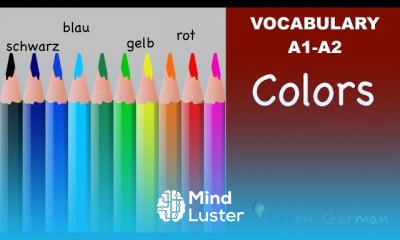Direct and Indirect Speech Narration Practice Exercise 1
Share your inquiries now with community members
Click Here
Sign up Now
Lesson extensions
Lessons List | 5
Lesson
Comments
Related Courses in Languages
Course Description
Direct Indirect speech in english course,
in this course we will learn about direct and indirect speech in English, focusing on their structures, uses, and the rules governing their transformation. Understanding how to correctly use direct and indirect speech is essential for clear and effective communication, as it allows you to report speech and convey messages accurately in both spoken and written English.
We will start by exploring the basics of direct speech, where the exact words of the speaker are quoted and enclosed in quotation marks. You will learn how to properly punctuate direct speech and how to incorporate it into your writing, ensuring clarity and correct grammar. Examples will illustrate how to format sentences and paragraphs that include direct quotations.
Next, we will delve into indirect speech (also known as reported speech), which involves paraphrasing the speaker's words without using quotation marks. This section will cover the changes in pronouns, verb tenses, time expressions, and other necessary adjustments when converting direct speech to indirect speech. You will practice transforming direct speech into indirect speech and vice versa through a variety of exercises and activities.
Through interactive lessons and practical exercises, you will master the key rules and exceptions involved in this transformation. We will cover different scenarios, such as reporting statements, questions, commands, and requests, and how the structure changes accordingly. You will also learn about common pitfalls and how to avoid them, ensuring your reported speech is accurate and natural.
Additionally, the course will address nuances such as maintaining the intended meaning and tone of the original speech, handling complex sentences, and reporting modal verbs and conditionals. By engaging in activities like sentence transformation, dialogue practice, and error correction, you will reinforce your understanding and application of direct and indirect speech.
Trends
MS Excel
Ethical Hacking
Learning English Speaking
Adobe illustrator tools for designers
Python programming language
Python in Hindi
Mobile Apps from Scratch
Excel Course Basic to Advanced
Graphic design rules for beginners
AI Writing tools in google docs for beginners
Coding app for young kids learners
Excel Power Query in excel for beginners
Complete WIFI Hacking Course Beginner to Advanced
Ecology
WiFi hacking
Ethical Hacking
Accounting Finance course
Downloading and installing tux paint for kids
Generative AI Tutorial For Beginners
Java Programming Language
Recent
Adobe illustrator tools for designers
Graphic design rules for beginners
Isometric design in illustrator for beginners
Psychology in graphic design for beginners
Test graphic design skills for beginners
Plugins for adobe Illustrator designers
Logo design tools in illustrator for beginners
Illustrator keyboard shortcuts for beginners
Building graphic design portfolio from scratch
Audacity download and installation for beginners
Downloading and installing tux paint for kids
Building a race game in scratch for beginners
Sharing links in edmodo for beginners
Google sheets dynamic chart techniques
Building a CV website from scratch
Designing logos in google drawings for beginners
Converting PDF to google docs for beginners
Google slides text masking essentials
Inserting images in microsoft word for beginners
Hosting images on google drive for beginners





















